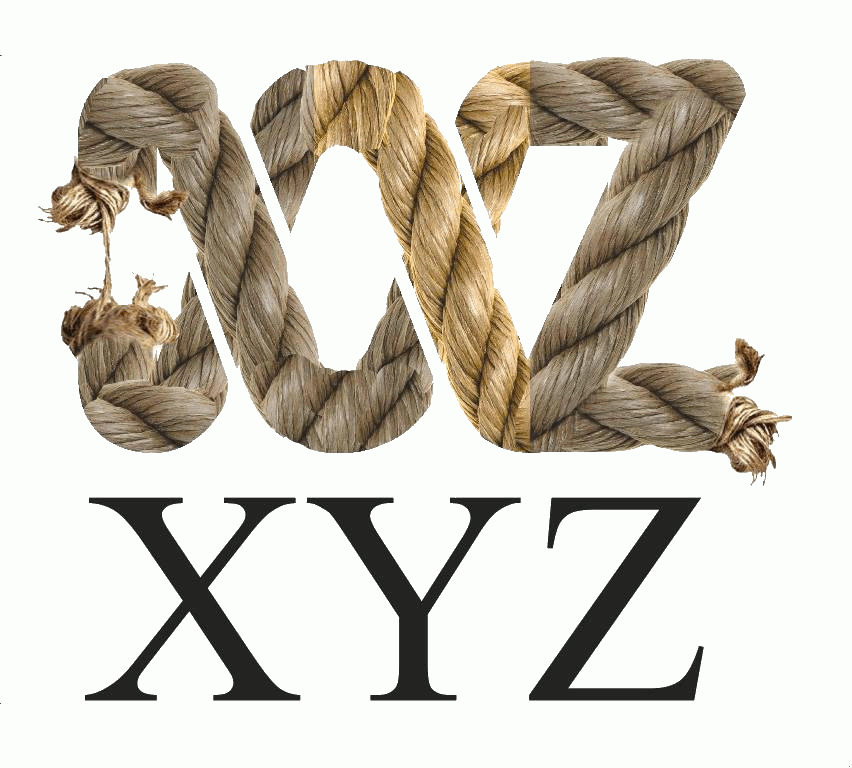I find the movement for same-sex marriage quite an intriguing one.
In my undergraduate days in the mid to late 1990s, like my co-editor David Hiscox who states in his article Most Aussies don’t care about same-sex marriage, marriage was a roundly criticised institution, branded and condemned by feminist and queer theorists as oppressive and patriarchal. Philosophers gleefully predicted, or outspokenly worked for its demise. In 1995, the idea of same-sex marriage was unheard of, and the concept would have appeared absurd to conservatives and radicals alike.
But it wasn’t only academics and cultural elites that were critical of marriage. By the mid 1990s most young people had come to regard marriage as unnecessary and old-fashioned, if not a completely pointless and an outdated institution. I remember many conversations with friends who stated their firm conviction that a piece of paper from the government (or a church) wasn’t necessary to affirm the love between them and their partner. In fact, such a piece of paper would be unwelcome. Following the changes in cultural practice surrounding relationships and marriage, laws governing ‘de-facto’ marriages and co-habiters were introduced. And the same kind of legislation was enacted in the early 2000s for same-sex couples, ensuring them the same kind of rights when it comes to access and inheritances.
As far as marriage and relationships go in 2015, for the vast majority of the population, very little has changed. Heterosexual couples continue to tie the knot officially in every diminishing numbers. People don’t really care about gay marriage, let alone any marriage for that matter, and as such, show this in the way they vote with their feet.
Then some time after the year 2000 the idea of same-sex marriage appeared to pop up from nowhere, seemingly in defiance to the social theorists’ and past generation’s attack on, and diminution of the value and importance of marriage.
 Until very recently most political leaders affirmed their belief that marriage is between a man and a woman. The leaders who have changed their mind on this in only a handful of years include President Barack Obama, Hillary Clinton, Julia Gillard, Kevin Rudd, Penny Wong, as well as an increasing number on the conservative side of politics, in Australia and abroad.
Until very recently most political leaders affirmed their belief that marriage is between a man and a woman. The leaders who have changed their mind on this in only a handful of years include President Barack Obama, Hillary Clinton, Julia Gillard, Kevin Rudd, Penny Wong, as well as an increasing number on the conservative side of politics, in Australia and abroad.
And in only a few years, these former opponents of same-sex marriage have become some of it most outspoken and shrill proponents.
Whist in the United States, many states in the union had legislated against same-sex marriage, only to have these laws overturned by the Supreme Court. As far as I am aware, the only place that same-sex marriage has been affirmed by popular vote is Ireland. Indeed, such a step in Ireland could be interpreted as more of an attack against the Catholic church and its failures to address cases of sexual abuse, than support for same-sex marriage. Despite testifying that some 70-80% of Australians are in favour of same-sex marriage, advocates have already spoken out against the government’s intention to take the issue to the people in the form of a referendum or plebiscite – perhaps fearful that gay marriage will fail when put to Australians in tangible, rather than theoretical form.
Nevertheless, these are quite a peculiar turn of events. In only a few years, same-sex marriage appears to have come from nowhere, and those who are cautious of such change or oppose it have been branded ‘homophobes’ and relegated among the most hateful people in existence. Yet, the push for same-sex marriage represents one of the greatest social changes in Western civilisation in more than a millennia. What was in fact still illegal in many Western jurisdictions up until recently, has become something that everyone is called, indeed, must celebrate as good and wholesome. How did we get to this point?
There are a number of other questions that remain largely unanswered, or at least, insufficiently answered when it comes to the same-sex marriage movement.
In the second part of this article, we will discuss some of these issues, namely:
1) Where did it come from?
And
2) What does the movement seek to achieve?










